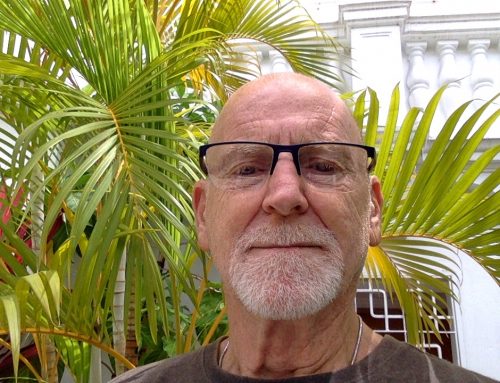Harm reduction is a set of principles used in addiction support. It is strategies for supporting people, in whatever stage of their drug use, to make their current use safer.
Recently I have been playing with the idea of emotional harm reduction. How can I apply harm reduction to emotions and to our responses to emotions. I decided that I would write 8 principles of Emotional Harm Reduction, based on the principles of harm reduction as it relates to substance abuse.
1. Accept that emotions are part of everyone’s daily lives and that it is better to minimize the harmful effects of our responses to emotions, than to ignore or suppress these emotions: each day we have various emotions flow through us. The emotions themselves are harmless, but can cause feelings of distress. We need to minimize our harmful reactions to the emotions that we feel. For example, when feeling overwhelmed your response to that feeling can often be to do something harmful to yourself instead of self-care; i.e. choosing to do something soothing and calming like taking a bath/shower, making some tea, taking some deep breaths, playing an instrument, going for a walk etc.
2. Emotions can elicit all sorts of responses in individuals, and some responses are more appropriate than others. It is important to acknowledge that there are healthy and unhealthy ways to deal with our emotions: unhealthy ways to deal with emotions include self-harm or harming someone else, acting on disordered eating behaviours, suppressing, or taking it out on someone else. Healthy ways include practicing self-care, talking to a safe person, or even meditating … it’s okay to stop and take care of yourself when you are experiencing an emotion that feels overwhelming.
3. Successful intervention of responses to emotions involves creating safe ways to express emotions, not ceasing to have emotions altogether: learning to allow oneself to have emotions and to find ways to say to someone “I feel …” can be the most challenging and also most rewarding and liberating experience. A safe way to express emotions is sometimes easier in writing (emails, texts, letters, blog posts, journaling) or in therapy. Being able to express emotions safely makes experiencing emotions more comfortable (or bearable).
4. It is important to find ways to work with supportive people to explore emotions in a way that reduces negative reactions to these emotions: a therapist, good friends, compassionate and loving people, and your support system.
5. Empower yourself to be the one who understands your emotions and to know what you need: only you can know what you are feeling and what you need. Only you can know whether or not meditation is right for you. Suggestions from people are great, but only you can know WHAT will work for you. Some people create a “soothing box” filled items that have comforting scents, sounds, touch, and sight. I have seen people with lists of self-care activities, or calming strategies that they can turn to. You need to be empowered to be able to stand up for your needs.
6. Recognize that social inequities, personal identities, past trauma, and our vulnerability affect our capacity to effectively deal with our emotions and how we react to having them: We all have a past. We all have things in our life that have made us who we are. Some of us have not learned how to react to having emotions without it throwing us into a tailspin. It is okay to admit that you don’t know how to react in a safe and supportive way to your own emotions. It is absolutely okay to seek help.
7. Do not minimize or ignore the potential harm that can be caused based on our reactions to our sometimes difficult emotions: It is important to recognize that this is true, so that we can create ways to safely and healthfully deal with emotions.
8. Ensure that your own voice is heard when you seek help to understand your emotions: if you have taken the step to go to therapy, and you don’t feel heard, then find a new therapist. Seriously. I am not making light of a serious situation. You are the only person who knows how you are feeling. Your voice matters in therapeutic settings.
So what does this mean when dealing with emotions? At times, fear and anxiety can rule our lives. We are afraid to try things, afraid to put ourselves out there, afraid to be vulnerable. sometimes showing up is the most that we can do. A wise friend once said, “… you can do nothing for fear of failure or you can try, and see what happens … time is going to pass anyway …”
So many people suppress their emotions, or find ways to numb themselves so that they don’t have to feel anger, hurt, sadness, longing, loneliness, despair, fear, abandonment … They find unhealthy ways to push those emotions aside … and to not FEEL anything. In doing so, it becomes impossible to feel joy, bliss, happiness, excitement, pleasure …
As difficult as it can be, feeling challenging emotions is so much better than not feeling anything at all.
Be kind to yourself and remember to nourish your body, mind, and spirit.

Kira McCarthy is an activist, writer, artist, advocate, and Special Education Teacher. She strives to live her life through a lens of kindness and believes in the power of gratitude, patience, and self-compassion. She is passionately involved in research and advocacy around body politics, eating disorders, chronic-illness, Autism Spectrum Disorder, and mindfulness. Currently she is probably hiding with a pile of books in the secret reading nook she built in her front closet.








Leave A Comment